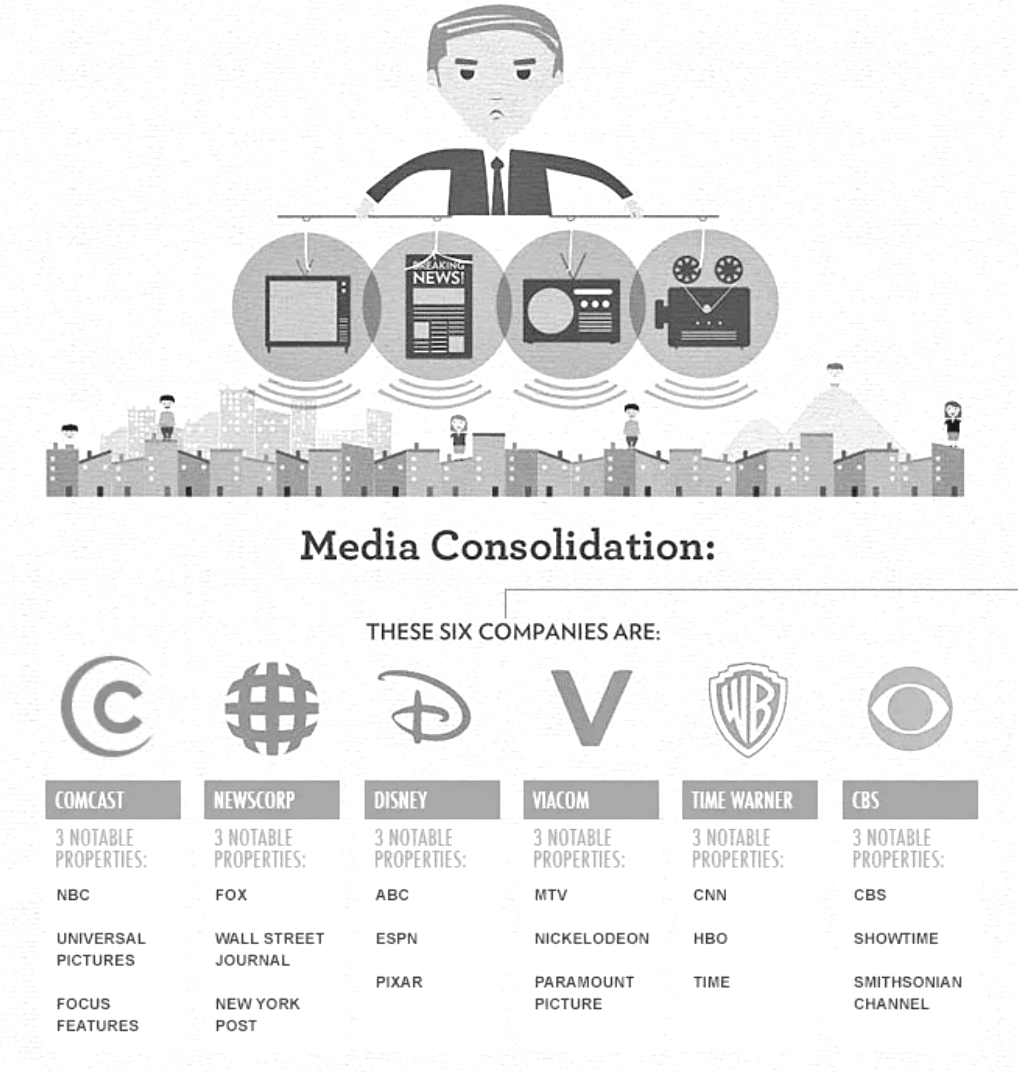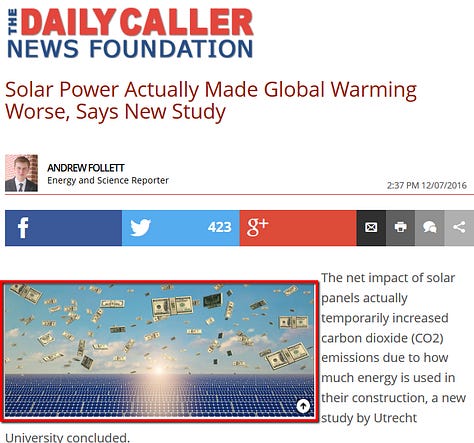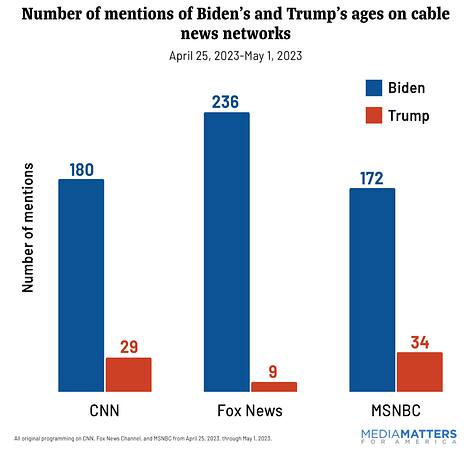Content:

The Media Pipeline
https://bomdia.substack.com
10/14/2024
For example, producing the final copy, positioning it into a newspaper or magazine along with other stories, printing tens of thousands of them, and then delivering them to homes, or newsstands comes at a cost.
Similarly, the software development and operations necessary to distribute digital copy to platforms or through social media also have a cost. Will a platform like the former Twitter mass-distribute a story about Tesla’s safety record and recall issues to Twitter users?
Will stories about the betrayal of user trust in the Facebook/Cambridge Analytica/Trump/Brexit scandal be distributed to every Facebook user? If Big Oil and Coal pay massive advertising fees for a news publishing empire, will stories about climate change be caught and killed, or combined with stories about “unsettled science?” The unfortunate reality is that the source of revenue will continue to have significance in the information we consume. This is why an advertising-free subscription model increases the possibility that we, society, will be able to consume fact-based information and stories unfettered by the toxic and dangerous opinions of an industry lobby entity, sinister political groups, foreign adversarial influence, or the uninformed toxic opinions of Elon Musk.
There are current and emerging sources dedicated to reviewing and vetting news and information. Entities such as PolitiFact, Snopes, FactCheck.org, AFP Fact Check, and more. The challenge is similar to the crafting of news stories themselves and their distribution mechanisms can be greatly influenced by funding source(s), so can fact-checking.
Furthermore, numerous media sources are committed to, at least, the perception of balance between liberal and conservative perspectives (which is a huge part of the problem because facts, evidence, and peer-reviewed science don’t have a “political-side”). Sites like Facebook use an array of fact-checking sources across political ideologies which is predicated upon not upsetting Facebook investors, Facebook advertisers, and political operatives -as opposed to a commitment to accuracy and truth.
A factual account of a news event is simply an account of “Who, what, where, and when”. Bias can influence the reporting (and editing) of the account of a news event, the article title, the article’s position in a publication, how many stories are published/distributed that are similar or equivalent to the news event, and also speculation about the “Why” of the event.
For example, a right-wing biased news organization might run a series of stories about crimes committed by undocumented immigrants (which are then cited in political ads and campaigns). They won’t report on the numerous studies and analyses that immigrants (documented and undocumented) are far less likely to commit violent crimes than native-born citizens. They want to provide a frame to validate the pre-existing perspectives of their readers/viewers (confirmation bias) that immigrants are bad, and native-born citizens are good.


Nevertheless the greater the perceived bias, the less a consumer can claim to be informed by relying on a particular news source. An example of false equivalence would be a report on a new, peer-reviewed scientific study on vaccines and mRNA. The reporting source may interview a leading member and subject-matter expert about the report for two minutes. Then they might interview an anti-vaccine individual selected from a vaccine protest who will provide a countervailing and uninformed perspective for two minutes. The news source will claim they are “fair and balanced” and consumers of the information will be confused, lose confidence in scientific analysis, and then spread more anti-vaccine propaganda. This is not only irresponsible, however anti-vaccine sentiment has caused additional and prolonged waves of contagious, dangerous diseases and has even led to a resurgence of measles in the United States.
Similar news “Pipeline” false equivalency techniques have been used when reporting on climate change, comparing candidates for office, and drawing policy distinctions.
While there is growth among fact-checking commercial and academic entities, Ad Fontes Media is now tracking and reporting on bias. Fact-checking is one aspect of evolving the integrity of news and reporting. More about the methods used by Ad Fontes Media in tracking bias is available here: https://adfontesmedia.com/methodology/